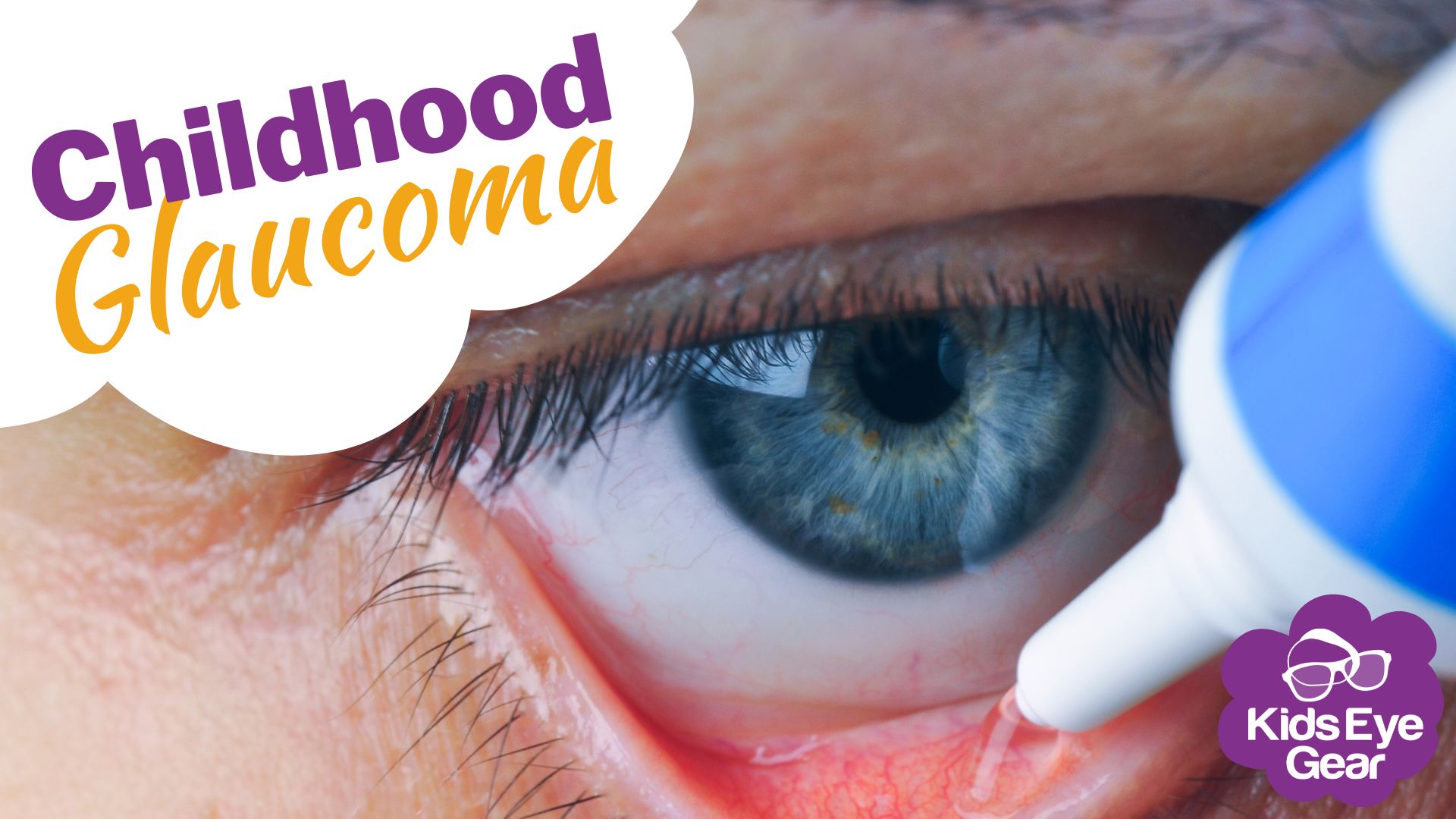Glaucoma in Kids - What Parents Need to Know
24th Feb 2023

You may have heard of glaucoma but not really understand what it is or what it could mean if your child was diagnosed with it. Because early detection and treatment are crucial when it comes to glaucoma, here’s what parents should know about it.
What is glaucoma?
Glaucoma is a condition that affects the optic nerve, which is the nerve responsible for carrying visual information from the eye to the brain, where it’s interpreted into images we see. When this nerve becomes damaged due to increased pressure in the eye, glaucoma results.
Understanding glaucoma in kids
Though it’s much more common in adults over the age of 60, glaucoma can affect children as well. The good news is that it's quite rare in children and Australian statistics indicate it affects only about 1 in 2,000 kids.
In children under the age of 2, glaucoma is known as infantile or congenital glaucoma, and between the ages of 2 to 17 years, it's referred to as juvenile glaucoma. It can be caused by various factors such as changes in a child's DNA, other medical conditions, eye injuries, surgery, or the use of certain medications like steroids.
It happens when fluid fails to escape from the front of the eye, causing increased pressure inside the eye. And this increased pressure can then cause eye enlargement, clouding of the front of the eye, and amblyopia. Although it may be difficult to spot in children, the most typical symptoms of glaucoma include excessive tearing, light sensitivity, large eyes, a cloudy or dull eye, and excessive blinking.
If left untreated, glaucoma can cause permanent vision loss, so early diagnosis and treatment are critical to helping prevent this outcome.
Treating paediatric glaucoma
Amblyopia, also known as lazy eye, is a standard complication in up to 90% of infants and children with glaucoma, so a common therapy for glaucoma in children is patching to force the child’s brain to rely on the other eye for sight input and thereby reduce pressure on both eyes. While this treatment can be effective at managing symptoms of glaucoma, it cannot reverse any damage done by the disease itself so regular monitoring by an ophthalmologist is essential to ensure any changes are caught early and treated promptly.
Medication, surgery, or a combination of both are treatment options for pediatric glaucoma. The goal of surgery is to fix the drainage problem so that fluid can normally drain from the eye.
What are the vision outcomes for kids with glaucoma?
Vision outcomes for children with glaucoma vary depending on the severity of the condition and how quickly it's diagnosed and treated. Without early diagnosis and treatment, loss of vision is a possible outcome which highlights the importance of seeking medical advice if you notice any changes in your child’s vision or eye health.
If glaucoma is diagnosed and treated early, however, children can often have a normal or near-normal vision though will be at higher risk of developing other eye issues as they get older. Therefore, careful monitoring and follow-up appointments are necessary to maintain long-term eye health and help detect changes in vision.
Overall, kids who receive timely diagnosis and treatment tend to have good vision outcomes with minimal long-term damage from their condition, but as always, it's important to be aware of the symptoms and seek medical attention if you notice any concerning changes in your child's eyes.
Early detection and treatment, combined with careful monitoring, can improve the chances of a good outcome, and help ensure your child’s eye health is protected.
So make sure you schedule regular eye checkups for your child!

